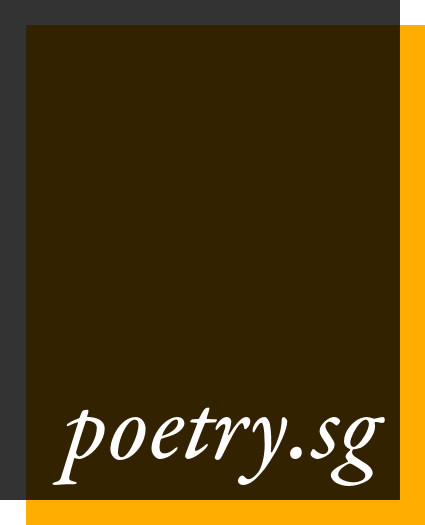Boey Kim Cheng (b. 1965)
CRITICAL INTRODUCTION
Written by Tissina George
Dated 4 Nov 2015
A self-confessed chronic traveller, Boey Kim Cheng’s experiences of countries, including India, Thailand, China and Australia (where he currently resides), inevitably inform his work. The common thread running through his oeuvre is one of home, and what it means—of the search for connection.
Somewhere-Bound introduces the ideas that Boey most persistently revisits in his next collections; those of national and familial identity and the search for a grounded self. In “Paradise,” he writes that “[o]nly when the mind has peeled off / reason and history” can one begin the search, “begin again, / in the opposite direction / from what we are”. Boey distrusts the history dictated to us, and his poems repeatedly revisit the way that landmarks of Singapore’s past vanish quickly. This sense of disconnection and dissatisfaction permeate his earlier works, and in response, Boey attempts to write his own past. His poems are a way of defining his history and what has shaped him. Within the grand histories evoked by landscape and landmark—or their absence—he is interested in the minute and deeply personal.
Another Place, for instance, is divided into two parts, the first detailing Boey’s travels in India and Bangkok, while the second returns to Singapore. Whatever the location, however, he remains interested in the question of travel and its role in the search for self-definition and rootedness. Even as he writes of beggars and forgotten shrines, things alien to the Singaporean landscape, the overarching question of how these new experiences define him and his work, cannot be forgotten. This recurring query is given life in the book’s second section which begins with the unsettled statement “I turn the light on to see if I am still there” (“Past Midnight”). He is – but his mind cannot be at ease. “Life is perpetual unrest,” the perpetual wanderer muses: “Where is the point of stillness / mature art directs us to?”
The line above defines much of the seeking that pervades Boey’s poetry; ahead is that elusive point of stillness, of clarity, when he will see his histories laid bare before him. His later poems do in fact appear to reflect a sense of newly-found calmness, as though this point has been, in some measure, achieved. After the Fire, published in 2006 after a long hiatus, still poses the same questions Boey has always asked of his country: is Singapore too quick to dismiss its past; can we truly have a connection to our own histories; is there a place for art? Unlike the restless discontent of his earlier works, however, there is a measured serenity about many of the poems in this collection, including “Stamp Collecting”. As Boey describes his daughter’s amateur philately, one realises that he is creating links to his past that will extend into the future. His daughter “picks / the last of a Singapore series / [ . . . ] and slips it home,” cementing the ties between her, her father, and Singapore. Other poems in the collection deal with the passing of Boey’s father, once again emphasising the connection between family and history.
Though Boey’s tone might appear to have evolved, his questions and what his work searches for, have not. His poems are always interested in the past, our personal stories, and what it means to be connected to a sense of history.
Works cited
Boey Kim Cheng. After the Fire: New and Selected Poems. Singapore: Firstfruits Publications, 2006.
—. Another Place. Singapore: Times Books International, 1992.
—. Somewhere-Bound. Singapore: Times Books International, 1989.


